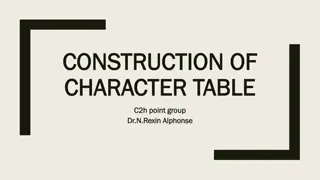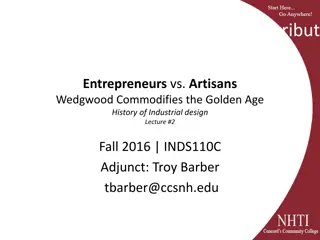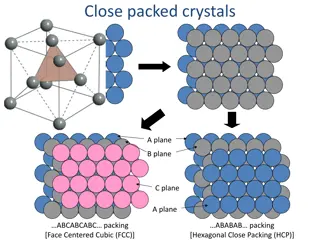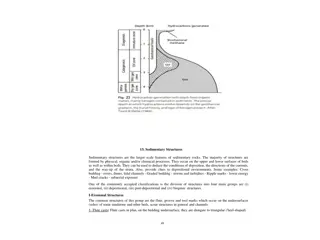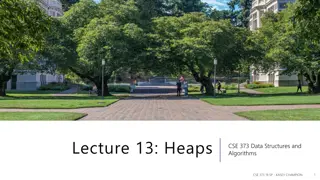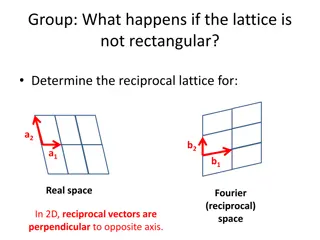Understanding Symmetry in Structures and Aesthetics
Exploring the concept of symmetry and its impact on form, function, and aesthetics in structures. Symmetry plays a crucial role in identifying and appreciating the beauty of objects, with examples ranging from nature to architectural marvels like the Taj Mahal and Hundertwasser's unconventional designs.
Uploaded on Aug 04, 2024 | 0 Views
Download Presentation

Please find below an Image/Link to download the presentation.
The content on the website is provided AS IS for your information and personal use only. It may not be sold, licensed, or shared on other websites without obtaining consent from the author. Download presentation by click this link. If you encounter any issues during the download, it is possible that the publisher has removed the file from their server.
E N D
Presentation Transcript
Grade 7 Science: Structures and Mechanisms (Form and Function)
I can describe how symmetry affects form and function in structures.
The shape of an object helps us identify it and distinguish it from other objects. One aspect of shape is symmetry (a term used in art and math as well!). Symmetry: an exact reflection on opposite sides of a line dividing an object in half. Line of symmetry: a line that divides an object in half; helps display symmetry
Symmetry is an important ideas when considering the aesthetics of a structure. Aesthetics: the concept of how visually attractive or beautiful something is. Symmetry is an important principle in nature. The entire human body is nearly symmetrical when a line of symmetry is drawn vertically.
Many people consider objects that are symmetrical to be more appealing than asymmetrical (not symmetrical) objects. The Taj Mahal in India was designed to highlight the visual appeal of symmetry.
How would you like to live in a building where the walls were not straight, the windows all different sizes and the floor uneven? An Austrian designer, Friedensreich Hundertwasser rejecting symmetry controversial. Take a look at the next 2 slides to see examples of some of his architecture . Friedensreich Hundertwasser (1928 2000) was famous for rejecting symmetry. His buildings are very
These cube houses were designed by architect Piet Blom. Each house is supposed to represent an urban tree and the series of houses a forest.
Symmetry also plays an important role in stability. The dead load of symmetrical structures is spread more evenly along the length of the structure which makes it more stable.
Designers use the line of symmetry to help locate a structure s centre of gravity, however, this can only be used when the mass of the structure is evenly spread out. (Example: a pyramid that used stone for one half and wood for the other half would not have its center of gravity along the line of symmetry.)
Find a structure where form has played an important part of the design process. Investigate this structure and post the following information on the class blog: Name, location, and the date the structure was built Describe why/how you think form was important in the design of the structure. Form is often influenced by context, just as in art. What factors may have influenced the designers of this structure? (Time period, culture, interests, etc.) Complete instructions can be found on the Class Blog under Amazing Structures . Complete instructions can be found on the Class Blog under Amazing Structures .
Built 1992-1996 - asymmetrical design Non-traditional design that stands out in contrast to the tradition buildings in Prague. The house resembles a pair of dancers The deconstructivist design was supported by the Czech president at the time who hoped the building would become a culture centre. Many people believe this design does not fit in with the Prague architecture. Today it is used as an apartment building with businesses on the ground floor.











